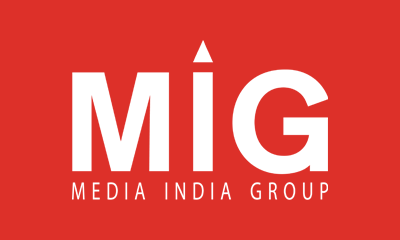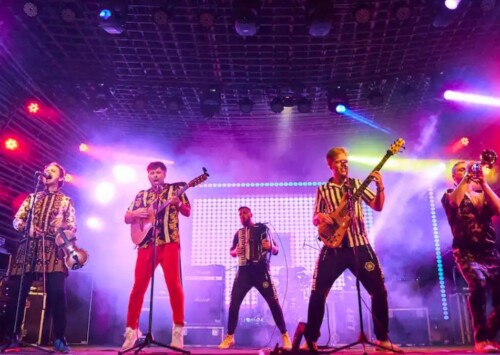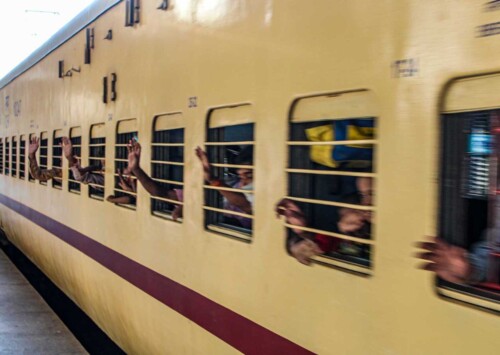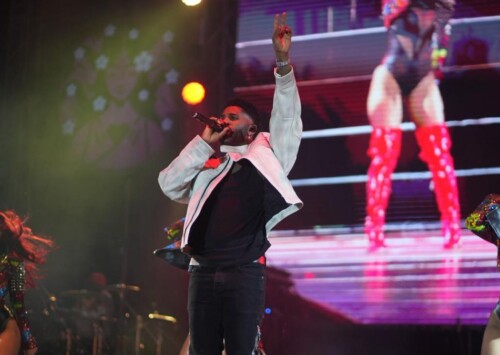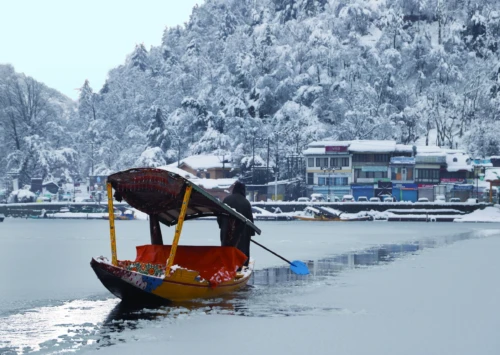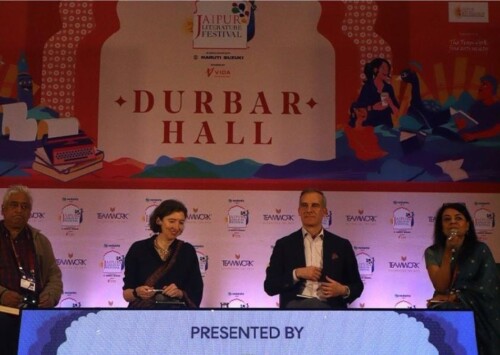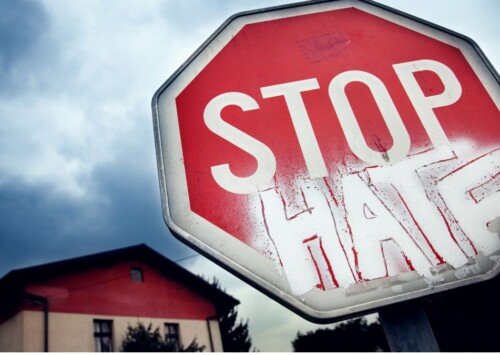Indie Music: India’s lost sound of the 90s
The 90s indie revolution that still resonates

This sonic experiment defined India’s indie pop movement, offering a fresh alternative to the glitz of Bollywood
In the glitzy shadow of Bollywood, a quiet music revolution once thrived. Through the 1990s, Indian indie pop carved out a vibrant, genre-blurring space, fusing classical Indian melodies with Western sounds, launching voices like Lucky Ali, Alisha Chinai and Euphoria, and offering a soulful alternative to formulaic film tracks. But just as it caught fire, the movement began to fade, undone by industry shifts, rampant piracy and the overwhelming gravity of the bigger machine.

This sonic experiment defined India’s indie pop movement, offering a fresh alternative to the glitz of Bollywood
“Kya nazar aur kya nazaare, kuch nahin inmein baat… Nagari nagari kya dhoondhegi, main nahin jo tere saath… Kabhi aana tu meri gali.” (What’s a sight, what’s a view, without anything truly new…
What will cities seek, if I’m not with you? So come, one day, walk down my street too)
These iconic lines from Kabhi Aana Tu Meri Gali sung by Palash Sen and his band Euphoria echoed through many Indian homes in the 1990s. Its snippets of it were once sung on the popular morning show Subah Savere on India’s national channel Doordarshan.
While not as widely known as Euphoria’s Maeri, Kabhi Aana Tu Meri Gali stood out for its vibrant fusion, soft harmonium strains layered with electric guitar riffs. Featuring a young Vidya Balan in the music video, the song was a mid-90s hit, proof that indie music could strike a chord without the crutch of Bollywood.
What set these tracks apart was their unique soundscape, a seamless blend of Indian classical instruments and Western musical influences. This sonic experiment defined India’s indie pop movement, offering a fresh alternative in an industry dominated by the glitz of Bollywood’s Khans, Salman, Shah Rukh, Amir and Akshay Kumar.
Amid the blockbuster tracks and film glamour, a quiet revolution was brewing. The 1990s saw the rise of indie pop, a genre that was introspective, homegrown, and genre-defying. Bands like Euphoria, Silk Route, Indian Ocean, and Parikrama, alongside solo artists such as Lucky Ali, Shaan, Shubha Mudgal, Sagarika and Alisha Chinai, crafted music that felt both rooted and global. From the dreamy underwater visuals of Silk Route’s Dooba Dooba to the stirring folk-rock anthems of the Indian Ocean, indie music captured the imagination of a generation straddling tradition and modernity.
The golden hour
But the seeds of this movement were sown much earlier. In the 1970s and 80s, long before indie pop became a recognisable genre, artists like Usha Uthup and Biddu were already experimenting with Western pop and disco influences. Singing in sarees over jazz and syncing beats, Uthup brought nightclub culture to Indian living rooms. At the same time, Biddu’s production of Aap Jaisa Koi for Pakistani singer Nazia Hassan became a pan-Asian phenomenon. These early pioneers laid the foundation for the hybrid sound that would later define indie pop.
But in 1982, something remarkable happened, India’s only television channel, broadcasted the Grammy Awards. For many aspiring musicians across the country, it was their first glimpse into the global music scene. The slick performances, the genre diversity, the sheer scale of the show, it was unlike anything Indian audiences had seen.
By the time the 1990s arrived, that early exposure began to bear fruit. As cable television entered Indian homes and economic liberalisation brought in a wave of cultural influences, indie pop found fertile ground. Alisha Chinai’s Made in India became a landmark moment, not just for its sound, but for its scale. Selling over five million copies, the album was the first by an Indian independent artist to rival the success of Bollywood music.
“There was a complete vacuum there. That was filled because Nazia Hassan actually broke into the whole scene with Aap Jaisa Koi and became a complete rage. But then, she was from another country, and we needed someone here. And that is when Made in India came in,” Chinai recalled in an interview with news organisation.
This was a time of cultural churn. The 90s saw Indian audiences craving something different, something that was not tied to plotlines, playback singers, or lip-syncing heroes. Indie pop rose to meet that moment. Its lyrics explored freedom, heartbreak, identity, and self-expression. Its sound embraced everything from folk to funk. It offered a break from the formula.
It looked different too. MTV and Channel V gave these artists a stage where music videos weren’t just add-ons, they were statements. Alisha Chinai, Lucky Ali and Colonial Cousins, among others, created visuals that were imaginative, stylish and deeply personal nothing like the choreographed dance routines Bollywood was known for.
Amidst a media landscape still dominated by Doordarshan and film songs, indie pop carved out a parallel world, quietly revolutionising how India saw, heard, and felt music.
In this growing parallel universe, indie pop wasn’t just surviving, it was thriving. For a brief but powerful moment, it stood shoulder to shoulder with Bollywood. The genre’s influence was so strong that even future Bollywood stars got their first break through indie pop music. Shahid Kapoor, for instance, made his screen debut as a fresh-faced teenager in Aryans’ Aankhon Mein Tera Hi Chehra, while Bipasha Basu first caught public attention in Sonu Nigam’s hauntingly romantic Kal Ho Tera Wada.
These songs were not part of any movie, yet they turned unknown faces into household names and made their way into college fests, wedding playlists, and every teenager’s Walkman. Indie pop had not only arrived, it had become impossible to ignore.
The fade-out
However, by the mid-2000s, indie pop was slowly losing its hold. The decline was not sudden, it was a quiet unravelling shaped by many forces working together. Bollywood, ever-dominant, tightened its grip on the music scene. Record labels and media outlets shifted their focus entirely to film soundtracks, treating non-film music as too risky to invest in. For artists, Bollywood offered a safer bet, even with piracy, film songs guaranteed distribution, multiple revenue streams, and far lower production costs. Everything from props to locations, was wrapped into a movie’s budget.
At the same time, a new challenge emerged, oversaturation. As indie pop’s popularity soared, so did the number of hopefuls trying to break in. Image started to matter more than talent. The market flooded with wannabes, began to lose its edge.
Piracy only deepened the crisis. Illegal copies of CDs and cassettes ate into sales, leaving artists and labels struggling. Infrastructure did not help either, studios, PR firms and distribution channels were built around Bollywood, leaving independent musicians to fend for themselves. Radio and television, now chasing commercial hits, pushed indie tracks out of their playlists.
But perhaps most crucially, there was no digital lifeline. In a world before YouTube, Instagram, or Spotify, indie artists had no way to bypass the system and reach listeners directly. By the time that ecosystem arrived, the golden age of Indian indie pop had already faded into memory.
A quiet revival
Now, ironically the same internet ecosystem is reviving the indie music in India.
Today, independent music is experiencing a quiet revival. Streaming platforms and social media have levelled the field. Artists like Prateek Kuhad, Anuv Jain, Parekh & Singh and When Chai Met Toast have built loyal fan bases without ever entering Bollywood studios. Their sound mellow, acoustic, and emotionally raw, echoes the lyricism of the 1990s indie wave.
Indie listeners today are a mix of young professionals, urban romantics, and digital natives who value mood over mass appeal. Rooftop gigs, vinyl cafés, and music festivals like NH7 Weekender are helping rekindle interest in non-mainstream soundscapes. But while there is space, there is still limited scale.
A perfect example of this slow-burn success is Choo Lo by Local Train. Originally uploaded to MySpace back in 2009, long before indie music had a digital strategy, the track found its audience gradually, powered by college circuits and loyal word-of-mouth. Its music video dropped in 2011, but the song did not cross 10 million views on YouTube until 2020. Choo Lo was not an overnight hit, it was a quiet anthem that grew with its listeners, a symbol of indie’s patience and persistence in a world of virality.
While Choo Lo symbolised the slow-build charm of early digital indie, today’s artists are navigating a very different landscape, one shaped by algorithms, reels, and instant reach. Anuv Jain is a standout in this new era. His music, rooted in minimalism and emotion, resonates deeply with a generation fluent in lo-fi playlists and late-night confessions. Tracks like Husn and Jo Tum Mere Ho have not just struck a chord, they have exploded.
With over 210 million and 251 million views on YouTube respectively, and more than 200 million streams each on Spotify, Jain’s rise shows how indie music has found new wings in the streaming age, no longer on the margins, but often at the very heart of what India is listening to.
But every now and then, when a café plays Maeri or a college kid discovers O Sanam on a late-night playlist, the 90s indie soul flickers back to life. Quietly, but undeniably.
